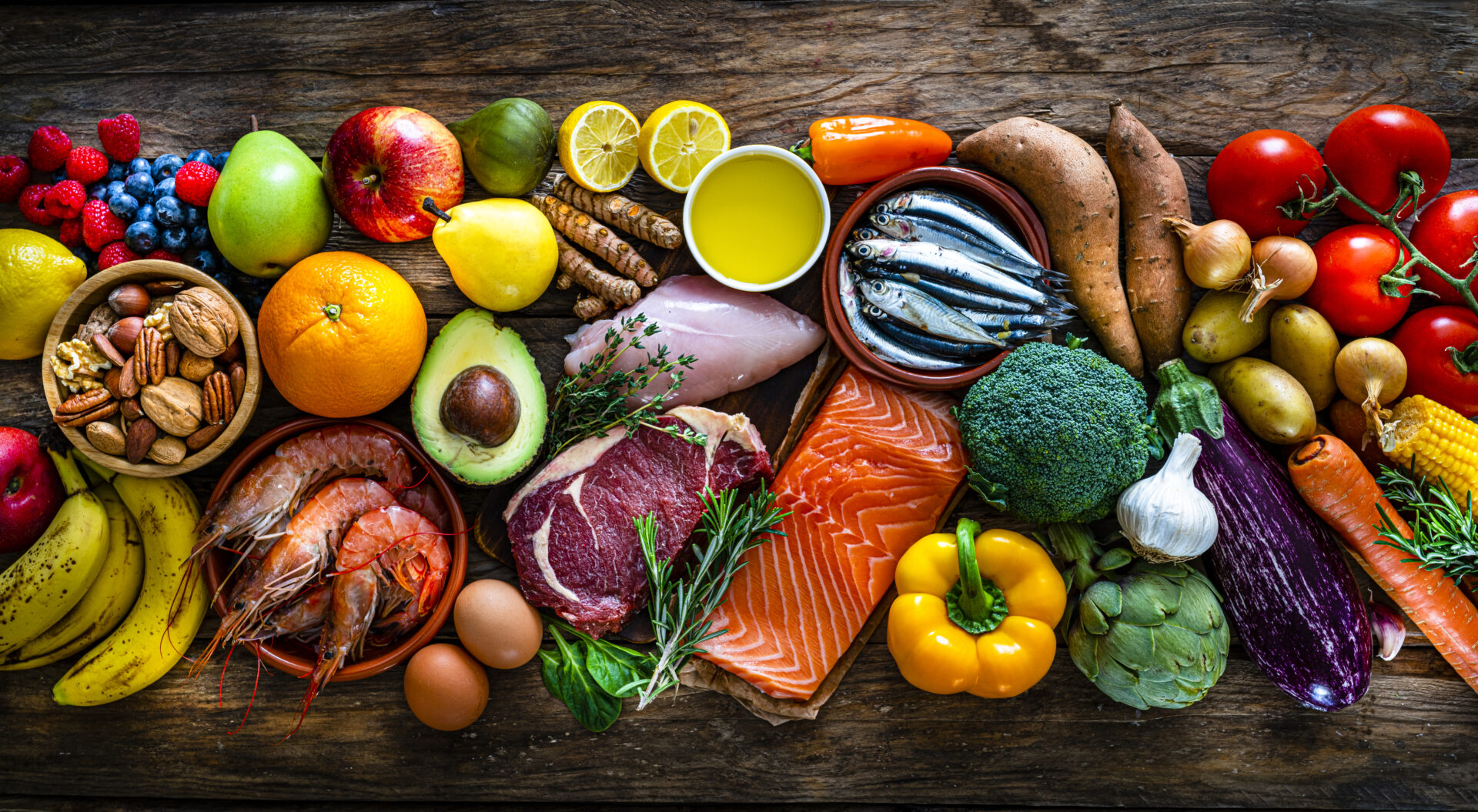The principles of a healthy diet are Carbohydrates, Fat, Variety, and Protein. To create your own balanced diet, you can enter your personal nutritional requirements on the USDA's interactive tool. Then, you can browse the USDA's recommendations for your specific needs. There are several ways to incorporate all these principles into your diet. Read on to discover the secrets of a balanced diet. And be sure to check out the USDA interactive tool for more tips!
Principles of a healthy diet
Among the most important guidelines for eating a healthy diet are variety, nutrient density and limiting calories from saturated fats and added sugars. Regardless of ethnic background, eating a balanced diet should support healthy eating habits and cultural preferences. For example, it is best to limit consumption of refined “whites” such as sugar, white flour, pasta, bread, and tortillas. These ingredients are often highly processed and are essentially the same as white sugar.
Eating a healthy diet requires the careful attention of the individual. Eating too much of certain foods can result in an under-nutritioned body. However, eating a balanced diet with a variety of foods will help the body achieve its goals and promote a healthy weight. For example, a diet rich in fruits and vegetables contains more fiber than a diet high in fat, which is good for the heart.
Carbohydrates
In addition to vegetables, whole grains are a good source of carbohydrate. You should try to purchase products that contain at least 5 grams of fiber per serving. Whole grains are a great source of complex carbohydrates. Instead of focusing on simple sugars and empty calories, opt for foods that have fiber and complex carbohydrates. Whole grains are a good choice for breakfast, lunch, dinner, and snacks.
While carbs are essential for our diet, they are not all created equal. The healthiest carbohydrates come from the natural sources found in fruit and vegetables. Complex carbohydrates help your body function properly and provide energy for physical activity. These sources are often higher in fiber than simple carbohydrates. The simplest carbohydrates are refined sugars and starches. They have no significant nutrients. However, simple carbohydrates are often found in high amounts in processed foods.
Fat
Consuming fats in moderation is a part of a healthy diet. Fats provide essential fatty acids that are needed for proper brain development, blood clotting, and controlling inflammation. Most fats are comprised of two types, saturated and unsaturated. Saturated fats are more likely to increase body fat than unsaturated fats. To reduce the amount of fat in your diet, choose foods with lower calorie content.
While most people think of fats as bad for the body, the truth is that fat is a necessary part of a healthy diet. While it contains calories, fats are also needed by the body for energy, building nerve tissue, and protecting the heart. Fats also provide essential fatty acids and help the body absorb vitamins A, D, and E. Consuming excess fat can contribute to various health problems. You should limit saturated and trans fats in your diet, as these types are harmful for the body.
Variety
Choosing a wide variety of foods offers many benefits. The most obvious is the increased assurance that one's body is getting sufficient quantities of key nutrients. The range of food choices also helps avoid deficiencies of a particular nutrient, maintain a proper balance of micronutrients, and enhance eating pleasure. These benefits are worth considering, but what does variety really mean to you? Let's find out. And, if you're still not convinced that eating a variety of foods is essential, keep reading.
The idea of variety is nothing new. It has been recommended by health authorities for decades. The concept of a balanced diet dates back to the 1920s. The number and variety of foods recommended have changed since then, but this general idea of a diverse diet remains the same. Eating foods with diverse taste and nutrition content may help ward off many illnesses, especially when accompanied by other dietary changes. The importance of variety can't be overstated, though.
Balance
A balanced diet is composed of a variety of different foods from each of the food groups. In addition to fruits and vegetables, a well-balanced diet should also contain the right amount of protein, carbohydrates, and healthy fats. Depending on your body type, you may also want to include a small amount of dairy products. Depending on your goals, a balanced diet may include meat, eggs, fish, or dairy products.
To help you plan your meals, consider making half of your plate comprise of whole grains. Whole grains are the healthiest choice, as they are higher in fiber. Try to include as many fruits and vegetables as you can. A quarter of your plate should be made up of protein and the rest of the plate should be comprised of vegetables. Adding more fruits and vegetables to your plate will also satisfy your sweet tooth! You should also include plenty of protein-rich foods, such as fish and lean meat.
Moderation
It's important to understand what moderation means in a healthy diet. It means eating the right amount of food. Eating too much or too little can lead to malnutrition. To understand your own caloric needs, you can estimate how much you need to eat for each meal. A meal's calories should be equal to your total energy requirement. If you're worried that you'll end up gaining weight, consider taking in a healthier meal instead.




